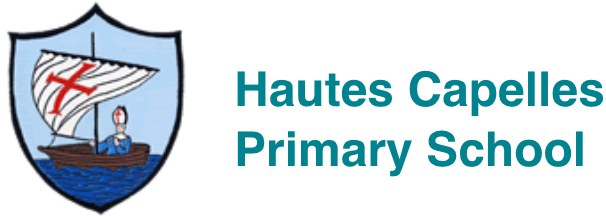What does PE look like at Hautes capelles?
- Engagement
Pupils are engaged in activity quickly in a good PE lesson.
- Sets the tone for learning
- More time to achieve outcomes
- Fewer incidents of disruptive behaviour
- Increased time on activity = increased pupils’ fitness
If an activity needs a lengthier explanation, complete a quick/reactive warm up task first & follow with the explanation of the lesson objectives while children are catching their breath
2. Differentiation
All children will be catered for to achieve the objective of the lesson.
- STEP method of differentiation: space, task, equipment, people. By changing one or more elements every activity can be differentiated for all learners.
- Goal is for all learners to reach the same objective, but the STEPs to get there should be differentiated based on ‘hand, head, heart’ principles.
- Hand - physical ability.
Head - cognitive understanding of activity.
Heart - emotional readiness
3. Progress
All children should make progress in every lesson.
- Progress can be measured in different ways and does not always mean physical proficiency i.e. engagement, competition, working well with others, developing a deeper understanding of healthy/active lifestyles.
- Progress is acknowledged in every lesson.
- Progress steps are indicated in planning.
4 Links
Links can be drawn between activities and lessons.
- Pupils can draw links from activities they have previously learned (following modelled examples by teachers).
- Children are aware of and can draw parallels of fundamental movement skills.
- Links of learning in PE reflect on other elements of leading healthy/active lifestyles
5. Time
Children must be given time in the lesson to ‘try, fail, repeat and refine’.
- 20% teacher input v 80% activity time.
- Teacher input does not always address the whole class. Children are spoken to on an individual basis where necessary with higher input given to those who need it.
- Feedback provided through peer demonstrations and discussions and by giving children time to trial and error.
- If needed to address the whole class, the teacher should use a ‘stop, stand still’ approach, rather than seated explanations
6 Reflection
Time is given at the end of the lesson to reflect on the learning objectives and how they were achieved and how the skill will progress in the future.
- How does their body feel after the lesson? Heart/muscles/lungs/head.
- What will they aim to achieve next time?
